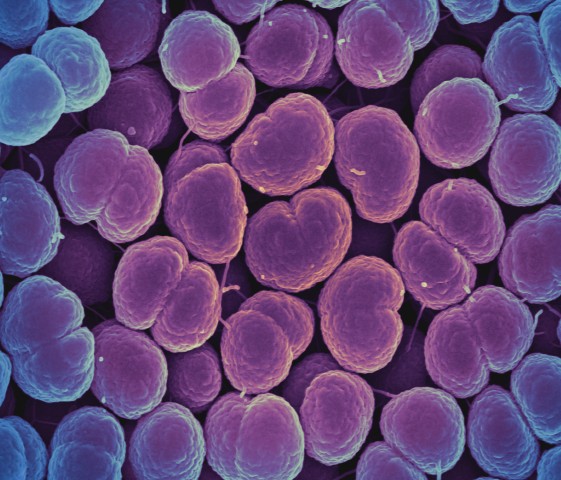In microbiology, some bacteria are termed fastidious and non-fastidious. Fastidious bacteria require complex nutritional and environmental conditions to grow and survive. Fastidious microorganisms can not grow on routine culture media. Cultivation of fastidious bacteria in the laboratory require specific nutrient media. Fastidious microorganisms require particular nutrients and specific environmental conditions to grow. They require additional conditions for growth, like carbon dioxide and oxygen, as well as temperature and pressure.
Fastidious microorganisms:
Sometimes special nutritional supplements and conditions are provided to grow fastidious bacteria. Fastidious microorganisms grow and multiply only in a specific culture medium containing specific nutrients and with additional growth conditions. The standard laboratory media, such as nutrient agar, lack growth-supporting chemicals. Since fastidious bacteria have special nutritional requirements, their growth and multiplication are very slow on standard laboratory media.
What are fastidious bacteria?
Fastidious bacteria are those bacteria that are difficult to cultivate and maintain in the laboratory. They have complex nutritional requirements. They grow and multiply only in a specific culture medium. Sometimes they need the addition of special nutritional supplements and environmental conditions to grow. Since fastidious bacteria have special nutritional requirements. So, their growth and multiplication on routine culture media are slow.
Fastidious bacteria examples
1. Neisseria gonorrhoeae
Neisseria gonorrhoeae is an example of a fastidious bacteria. These gram-negative cocci are responsible for gonorrhea in humans. Gonorrhea is a sexually transmitted disease (STD). It is caused by N. gonorrhea infection. A wet and humid environment is required for the development of N. gonorrhea. N. gonorrhea is a microaerophilic and capnophilic organism. For optimal development, Neisseria gonorrhoeae requires low levels of oxygen (microaerophilic) and a presence of 3%-5% CO2. The temperature range for growth is 35-37oC, which is relatively tiny. This bacterium can only grow on enriched media such as chocolate agar. Chocolate agar contains blood components such as hemoglobin, vitamins, and amino acids.

2. Helicobacter pylori
It is a spiral-shaped, gram-negative bacteria. It is a causative agent of peptic ulcers and chronic gastritis in humans. To grow this bacterium successfully in lab requires complex media containing blood or serum and a microaerophilic habitat i.e., medium in a low-oxygen atmosphere It also requires iron and proper pH levels.
Haemophilus influenzae:
This bacterium is gram-negative, and it infects the respiratory tract. This bacterium can cause meningitis, pneumonia, and septicemia, among other illnesses H. influenzae is a fastidious pathogen that requires NAD (nicotinamide adenine dinucleotide) as well as an iron supply in the form of hemoglobin, hematin, or hemin.
Non-fastidious bacteria:
These bacteria don’t need any special nutritional requirements or environmental conditions for growth. Therefore, non-fastidious microorganisms grow easily in routine laboratory media under normal atmospheric conditions. The growth and multiplication of non-fastidious microorganisms is faster on standard laboratory media. Since these bacteria can make all organic molecules by themselves, they don’t require any special nutritional requirements or conditions. These types of bacteria can tolerate a wider temperature range and grow easily. They can also grow in uncontrolled environmental conditions.
E. coli is an example of a non-fastidious bacteria.
Staphylococcus aureus
Streptococcus
Fastidious vs. non-fastidious bacteria
Image Courtesy:
1. “Neisseria gonorrhoeae Bacteria” by NIAID (CC BY 2.0) via Flickr